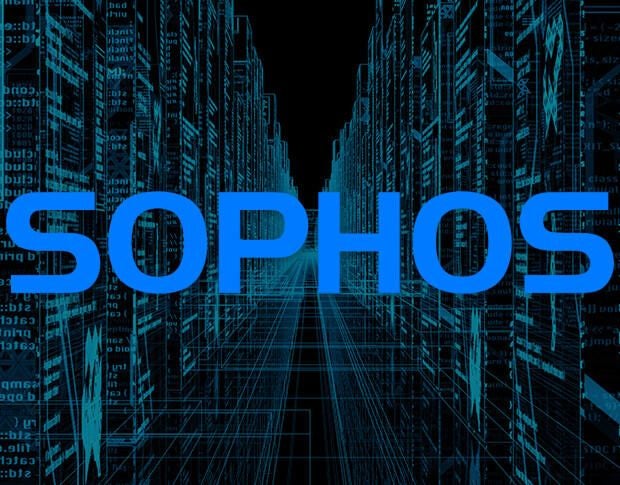Historical insights are routinely deployed to determine market forecasts, but how does one predict shifts in consumer behavior related to an unprecedented modern plague? The answer: Clever data use.
Global commerce relies on an intricate web of interconnected supply chains. These physical and virtual pathways are susceptible to the sway of multitudinous factors ranging from meteorological conditions to seasonal spending fluctuations. While predictive forecasting models help maintain homeostasis in these networks, unforeseen events can wreak havoc on these interconnected matrices. In recent months, the coronavirus pandemic has shone a light on vulnerabilities in global supply chains.
Due to market disruptions, US farmers were, at times, forced to bury crops, plow edible produce into fields, and dump millions of gallons of milk per diem. At the same time, grocery store shelves have been void of staple household goods. Advanced modeling techniques and proxy data could help companies more aptly predict consumer behavior and account for supply chain shifts related to an economic crisis within a modern global plague.
COVID-19: Accounting for the unknown with proxy data
A number of companies leverage machine learning and predictive analytics as part of their forecasting to predict demand, explained Ilya Katsov, head of data science at Grid Dynamics, and much of this modeling is based on historical datasets; predicting the future based on the trends inherent in past observations. While this method may perform optimally during seasonal sales cycles with fluctuations from year to year, unparalleled circumstances, and present forecasting challenges. That said, how does one predict the demand for an event in which there is no historical precedent?
“The problem with COVID-19 was that once the pandemic started, all these patterns were essentially invalidated, and all these observations were invalidated. Because of lockdown and post-lockdown shocks, consumption patterns changed, consumer behavior, consumer patterns have changed in terms of price elasticity, what consumers spend more on, which products and so on,” Katsov said.
As a result, Katsov explained that clients inquired about strategies accounting for these forecasting problems to adjust their optimization models. To illustrate this idea, he detailed a use case involving a clothing manufacturer and retailer “hit very hard by lockdown.” Overall, the ability to forecast foot traffic in a physical store is central to the company’s approach to workforce deployment and in-store promotions, he said.
“But it was not possible to do using regular forecasting models, regular forecasting procedures, because, of course, it was clear that after the lockdown [there would] be a lot of volatility, it will be very different patterns [compared] to regular store traffic and regular patterns.”
There may be little historical data on consumer behaviors directly related to the global 21st-century pandemic, however, there are smaller-scale events to use as a biological bellwether of sorts. To work around this problem, Grid Dynamics incorporated the data about seasonal Influenza cases into the forecasting models, Katsov said, and the impact of COVID-19 on traffic was extrapolated based on the known fluctuations related to seasonal flu.
“We used this historical data for influenza as a proxy, and did some corrections to estimate the ratio between the number of influenza and COVID cases, and incorporated this signal into the model. So we were able to forecast traffic as a function of these influenza cases [and] COVID cases.”
An economic crisis within a pandemic
The coronavirus pandemic presented not only a public health crisis but also a global financial turmoil. In early March, a UN trade group estimated that COVID-19 could cost the worldwide economy $1 trillion in 2020. In April, US unemployment jumped to 14.7%, the “largest over-the-month increase” since data was first recorded in January 1948, according to the US Bureau of Labor Statistics.
Again, while these historical numbers are without recent precedent, there are other historical economic downturns to incorporate as a predictive substitute; one such example being the 2008 financial crisis, Katsov explained.
“In order to estimate the influence of major economic disruptions on store traffic and other metrics of interest, we used the information about the crisis of 2008, and macroeconomic metrics of that time, as a proxy to the disruption of this year.”
It’s also interesting to note that COVID-19 did not impact countries on the same timeline. The first reported “viral pneumonia” cases were reported in Wuhan, China in late 2019 and the coronavirus was officially declared a pandemic by the WHO on March 11. The first US lockdown restrictions were imposed in late March.
As the disease spread around the globe, nations each took their own orchestrated approaches to mitigation efforts including lockdown measures, mask mandates, and more. Data related to shifts in demand and consumer behaviors could be extrapolated from nations initially affected and applied to forecast patterns in other regions of the globe, Katsov explained.
“We were able to understand these patterns based on Asian and European experience, and then apply it to [the] United States to estimate how demand will change during the lockdown and post-lockdown periods, and, based on that, make adjustments to promotion management policies,” Katsov said.
The forecasting and optimization models were designed to account for a number of factors such as the number of coronavirus cases, types of lockdown measures, total days since lockdown mandates were issued and predict how these factors influenced store traffic, demand, and price elasticity, he said.
“Once we see the second wave or third wave, we can plug this new data about the number of cases, or severity of lockdown measures introduced by authorities, to estimate how it will influence the demand or some other metrics,” Katsov said.
He acknowledged that these forecasting models were less accurate than traditional forecasts, but said that in light of significant market volatility, the objective was to provide companies with useful tools to “make informed decisions” related to inventory management, workforce deployment, etc.
“Typical data science projects take months. But these adjustments, in principle they can be done very quickly, in a matter of a week or two weeks. And it was critical to find a way [for] these adjustments [to] be done very quickly, even if the results are not perfectly accurate.”
Predicting the future based on the past is not without limitations. Whether it’s a pandemic in 1918 or an economic crisis in 2008, unforeseen large-scale events can reverberate through the global economy for months and even years. Katsov said that it’s possible to take the lessons learned during this crisis and apply these forecasting concepts to future market disruptions.
“Let’s say at some point we will face [a] major economic crisis, or something like that, then the techniques that allow us to establish the relationship between the demand and macroeconomic factors can be leveraged again. But unfortunately, nobody knows what will happen, nobody would even imagine [a] disruption like COVID-19 a year ago, so we will see,” Katsov said.





